Wildlife infestations caused by common pests require proactive management. Understanding species' behaviors is crucial, as rodents, birds, squirrels, raccoons, skunks, and opossums pose various challenges. Early detection through signs like footprints or behavioral changes enables effective control. Professional services use trapping and exclusion techniques, prioritizing ethical, environmentally friendly methods over toxic chemicals. Modern approaches include natural repellents, sound devices, and habitat modifications. Community involvement, legal compliance, and preventive measures are vital for holistic, sustainable wildlife pest control, ensuring a harmonious coexistence between humans and animals.
Wildlife infestations can disrupt ecosystems and pose health risks, making effective pest control a priority. This comprehensive guide explores various aspects of wildlife management, focusing on both traditional and modern solutions. From understanding common animal behaviors to implementing eco-friendly techniques, we provide insights into identifying signs of presence and selecting the best repellents. Additionally, legal considerations, preventive measures, and community collaboration are discussed, empowering readers with a holistic approach to addressing Wildlife pest control challenges.
Understanding Wildlife Infestations: Common Animals and Their Behaviors
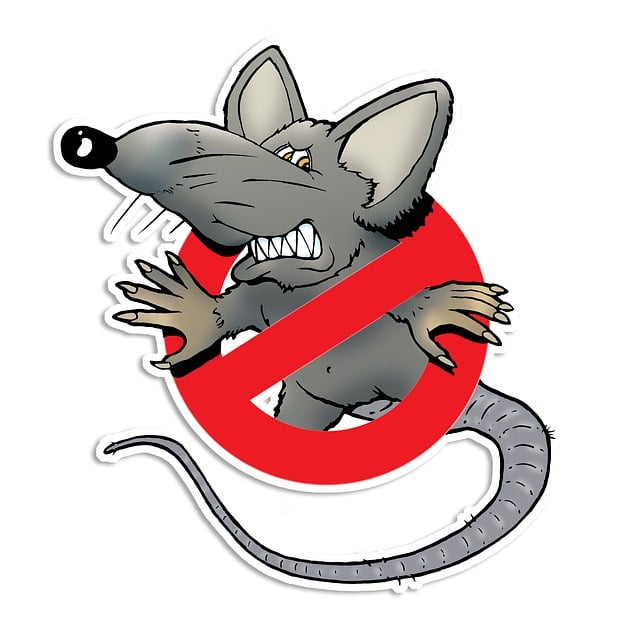
Wildlife infestations can be a significant concern for homeowners and businesses alike, often requiring professional wildlife pest control services to address them effectively. Understanding the behavior and habits of common wildlife species is an essential first step in managing and preventing these infestations. Some of the most frequently encountered wildlife pests include rodents like rats and mice, as well as birds, squirrels, raccoons, skunks, and opossums.
Each of these animals exhibits unique behaviors that can contribute to infestation issues. Rodents, for instance, are known for their high reproductive rates and ability to navigate through small openings, making them adept at finding entry points into homes and buildings. Birds can cause damage to structures with their nesting materials, while squirrels and raccoons may seek shelter in attics or crawl spaces, leading to potential health hazards due to their waste. Skunks and opossums, being nocturnal creatures, often become a nuisance when they wander onto properties in search of food or shelter.
Identifying Signs of Wildlife Presence: Early Detection for Effective Control
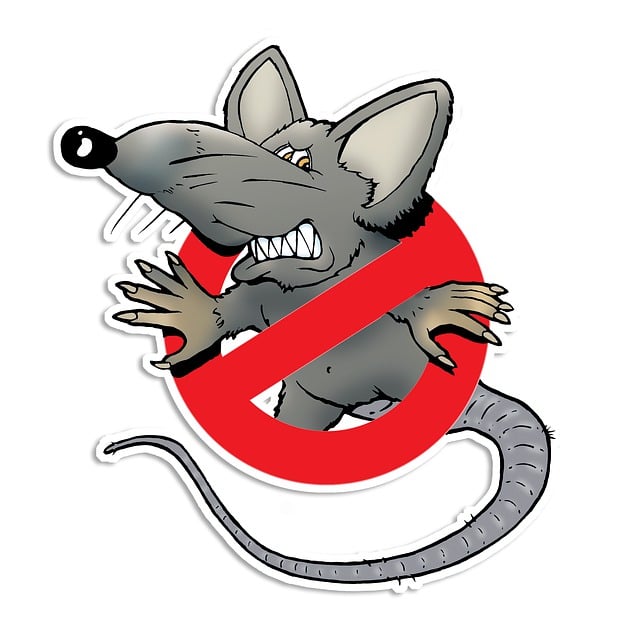
Identifying signs of wildlife presence is crucial for effective wildlife pest control. Early detection allows for proactive measures, preventing potential damage and ensuring the safe coexistence of humans and animals. Look for physical evidence such as footprints, droppings (which can be identified by their distinct shapes and odors), or gnaw marks on structures or plants. Changes in behavior are also indicative; animals may become more active during unusual times, like nighttime, due to human disturbance.
Regular inspections around homes, businesses, and farms are key. Pay close attention to areas with food sources like trash cans, pet food bowls, or gardens. By recognizing these signs early, property owners can take immediate action. This might involve securing trash bins, repairing fencing, or using humane deterrents as part of an integrated wildlife management strategy to maintain a harmonious environment.
Traditional Methods of Wildlife Pest Control: Trapping and Exclusion Techniques
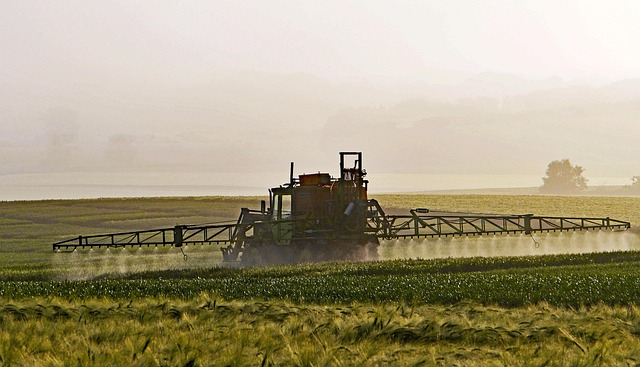
Wildlife pest control has traditionally relied on trapping and exclusion techniques, which aim to remove or deter animals causing damage or harm. Trapping involves setting up devices that capture wildlife, often using baits to attract them. Once caught, animals can be relocated or, in some cases, humanely euthanized. This method is particularly effective for small mammals like rodents and certain bird species. However, it requires careful consideration to avoid capturing non-target species and adhering to local regulations to ensure ethical practices.
Exclusion, on the other hand, focuses on preventing wildlife from entering structures or areas where they are not desired. This can be achieved through sealing entry points, such as gaps in walls, roofs, or windows, using materials like steel wool, metal mesh, or caulk. These physical barriers disrupt animals’ access to food, water, and shelter, encouraging them to find habitats elsewhere. Exclusion methods are often used in conjunction with trapping to provide a comprehensive wildlife pest control strategy that addresses both immediate issues and long-term prevention.
Modern Approaches: Safe and Eco-Friendly Solutions for Wildlife Management
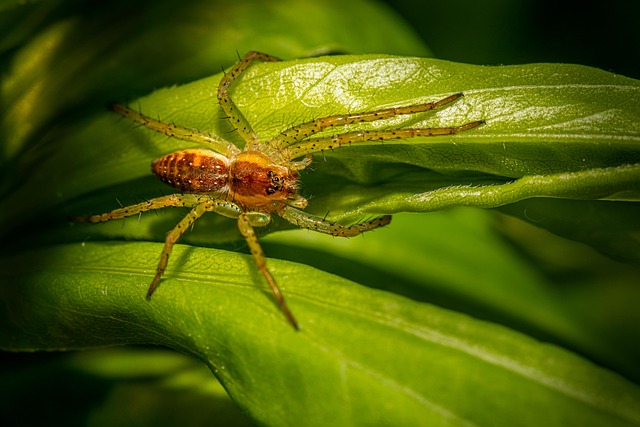
In recent years, modern approaches to wildlife pest control have emerged, prioritizing safety and environmental friendliness. Traditional methods often relied on toxic chemicals, posing risks to non-target species, including beneficial insects and local ecosystems. However, innovative solutions are now available that effectively manage wildlife infestations while minimizing these hazards. One such approach is the use of repellents and deterrents, such as natural scents and sound devices, which can discourage pests without harming them.
Additionally, habitat modification plays a crucial role in modern wildlife management. By adjusting environments to make them less appealing to certain species, professionals can prevent infestations or encourage them to move elsewhere. This includes strategies like landscaping modifications, structured exclusion, and the strategic placement of decoys or deterrents. These eco-friendly tactics not only address immediate pest issues but also promote long-term ecological balance, ensuring a safer and healthier coexistence between humans and wildlife.
Chemical vs. Natural Repellents: Which Are More Effective?

When it comes to wildlife pest control, the choice between chemical and natural repellents is a common dilemma for many homeowners facing unwanted animal visitors. Both options have their merits and demerits, but understanding their effectiveness is key to making an informed decision. Chemical repellents, while potent, can have adverse effects on non-target species and the environment, leading to concerns about safety and sustainability. These synthetic substances often provide quick results but may require repeated applications due to their volatile nature.
Natural repellents, on the other hand, offer a more eco-friendly approach. Ingredients like garlic, chili peppers, and essential oils are known for their ability to deter animals without causing harm. They tend to be less harmful to beneficial insects and wildlife, making them a preferred choice for those seeking environmentally conscious solutions for wildlife pest control. While natural repellents may not always provide immediate results, they offer a long-term, sustainable approach to keeping unwanted visitors at bay.
Community Involvement: Collaborative Efforts for Comprehensive Infestation Control
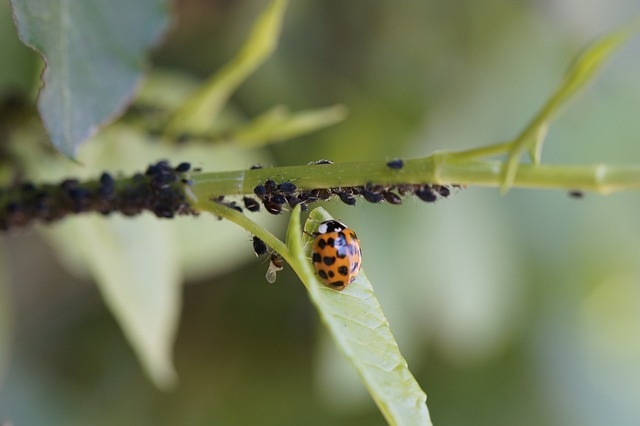
In the battle against wildlife infestations, community involvement is a powerful tool for effective and comprehensive control. Collaborative efforts between residents, local authorities, and pest control professionals create a unified front against invasive species. By sharing knowledge, resources, and strategies, these collective actions can significantly reduce the impact of wildlife pests on both urban and rural environments. Encouraging citizens to recognize and report infestations early on is key, as timely intervention prevents the spread of harmful animals like rodents, birds, or insects.
Community initiatives also foster a sense of shared responsibility for maintaining a healthy ecosystem. Educational programs can raise awareness about non-lethal control methods, such as habitat modification and deterrents, empowering residents to take proactive steps. Furthermore, these collaborative efforts can lead to the development of tailored strategies that consider local ecologies and cultural contexts, ensuring sustainable Wildlife Pest Control practices over time.
Legal Considerations and Regulations in Implementing Wildlife Pest Control
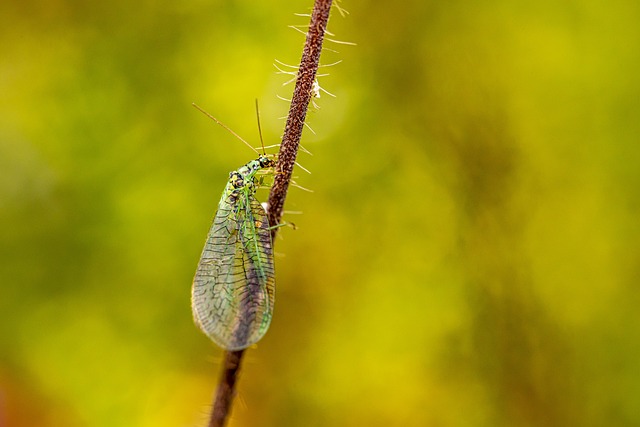
When dealing with wildlife infestations, it’s crucial to understand the legal considerations and regulations surrounding wildlife pest control. Different regions have distinct laws and permits required for implementing control measures. For instance, certain species may be protected by federal or state legislation, necessitating special permissions before taking any action. These regulations are designed to preserve biodiversity and ensure ethical treatment of wild animals.
Before embarking on wildlife pest control, property owners or management teams should consult local wildlife agencies or departments to determine the appropriate course of action. This includes understanding what methods are permitted, where to obtain necessary permits, and how to humanely resolve the issue while adhering to environmental standards. Compliance with these regulations not only avoids legal repercussions but also promotes a more sustainable and responsible approach to managing wildlife interactions.
Preventive Measures: Long-Term Strategies to Avoid Future Infestations

Preventive measures are crucial in the long-term strategy to avoid future wildlife infestations. Implementing robust Wildlife Pest Control methods involves a combination of physical, biological, and chemical barriers. Structuring your environment to deter wildlife is a primary step; this includes sealing entry points, maintaining clean spaces, and using specific odors or sounds that repel certain species. Regular inspections are also vital to identify potential issues early on.
Additionally, introducing natural predators or parasites can help regulate wildlife populations humanely. Using repellents, traps, or other controlled methods should be a last resort, as they may have unintended consequences for the ecosystem and non-target species. A comprehensive approach that integrates various preventive tactics ensures a more sustainable and eco-friendly solution to Wildlife Pest Control.
